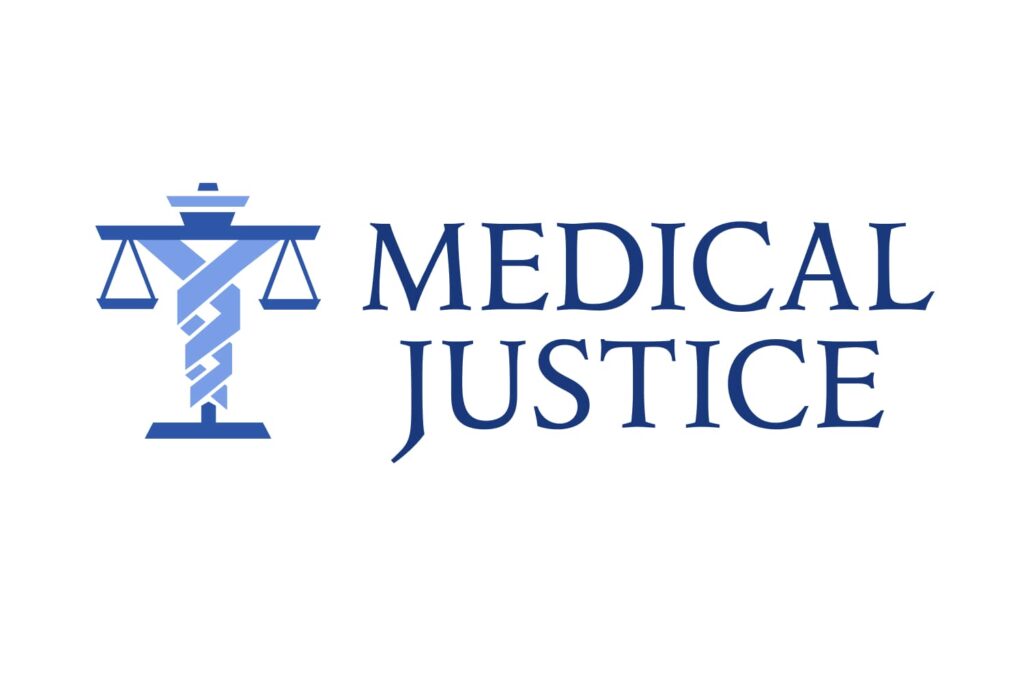Sometimes, the specific language in an op-report can lead to misunderstanding and litigation.
I’m not talking about using words like “suddenly” or “to my unexpected surprise” in the document. I’m talking about how you label anatomic structures.
Surgeons start with a clinical diagnosis. This diagnosis is often reinforced or guided by an imaging study. Then, the imaging study is used to guide the operation. Sounds straightforward, right?
If only all humans had the same anatomy.
They don’t.
One Medical Justice surgeon practicing in Florida took care of a patient with symptoms of lumbar nerve root compression. Like many spine imaging studies, the patient had various abnormalities at multiple levels. To make matters more complex, the radiologist read the imaging study as having only 4 lumbar vertebrae, instead of the traditional 5. The surgical plan was to perform a minimally invasive nerve root decompression at one level. If that worked, great. If it didn’t, then a second procedure down the road could tackle the level below.
The patient was not any better after the first surgery. He never returned.
He sought care with a second surgeon. This new surgeon opined that the first surgeon operated at the wrong level. He took the patient to the operating room and decompressed the other level. Still, no change.
The second surgeon also planted the seed that the first surgeon had done the wrong level. This led to a lawsuit
What happened?
The first surgeon operated on the intended level. His numbering system was different than the radiologist’s. But, the surgeon hit the right target. The radiologist and the surgeon were using different numbering systems for the lumbar spine. The radiologist assumed there were only 4 lumbar vertebrae. The surgeon assumed there were 5 lumbar vertebrae, and the lowest lumbar vertebrae was partially “sacralized.”
The way to avoid the legal ramifications of non-textbook anatomy is to cut and paste the imaging study in the medical record. Then circle the level you intend to operate on and what you will be calling that level. You can be your own lexicographer. Just be consistent.
This problem is not unique to reading spine films.
Take a passage of text and plug it into Google Translate. I took a section of President Obama’s Farewell Speech in Chicago. I plugged it into Google Translate, turned it into Hungarian. Then, I took the Hungarian and translated it back to English. While it looks like a reasonable rendition at the beginning, it petered out at the end.
Initial text:
So that’s what we mean when we say America is exceptional — not that our nation has been flawless from the start, but that we have shown the capacity to change and make life better for those who follow. Yes, our progress has been uneven. The work of democracy has always been hard. It’s always been contentious. Sometimes it’s been bloody. For every two steps forward, it often feels we take one step back. But the long sweep of America has been defined by forward motion, a constant widening of our founding creed to embrace all and not just some.
Hungarian:
Tehát ez az, amit gondolunk, amikor azt mondjuk, hogy Amerika kivételes – nem az, hogy a nemzet már hibátlan a kezdetektől fogva, de ez már bizonyította, hogy képes változtatni, és hogy az élet jobb azoknak, akik követik. Igen, a fejlődés egyenetlen volt. A munka a demokrácia mindig nehéz. Ez mindig is vitás. Néha ez már véres. Minden két lépést előre, gyakran érzi úgy egy lépést hátra. De a hosszú söpörni Amerikában már meghatározott előre mozgás, állandó kiszélesítését alapító hitvallás kiterjed minden, és nem csak egy.
Back to English:
So this is what we mean when we say that America is exceptional – not that the nation has been correct from the beginning, but it has already proved its ability to change and make life better for those who follow. Yes, progress has been uneven. The work of democracy is always difficult. It has always been controversial. Sometimes it’s been bloody. For every two steps forward, one step back so often feel. But in the long sweep forward movement in America has been fixed, permanent widening of the founding creed applies to all, not just one.
So, the first lesson is being consistent with how you label structures (using pictures / imaging studies, if needed, to support your labeling). The other lesson is the second surgeon likely threw the first surgeon under the bus. We can discuss that problem at a later date.
What do you think?
About Medical Justice

Medical Justice provides comprehensive support for challenges such as preventing frivolous lawsuits, addressing unwarranted refund demands, managing sham peer reviews, and safeguarding your online reputation. Our expert team assists with issues like defamatory reviews, medical board complaints, and notices of intent to sue.
We offer legal protection plans, online reputation management, and consultations for concerns that fall outside of membership coverage (such as board complaints, National Practitioner Data Bank reports, and negotiation on your behalf with patients seeking refunds), with suggested next steps to help you regain control. If you require more hands-on assistance, or if your need falls outside the scope of membership, we can often be engaged for further support. Contact us today to get started by scheduling a consultation with a member of our team.






